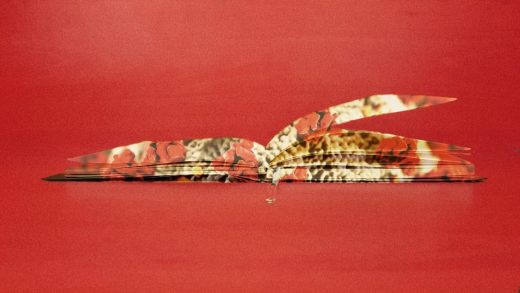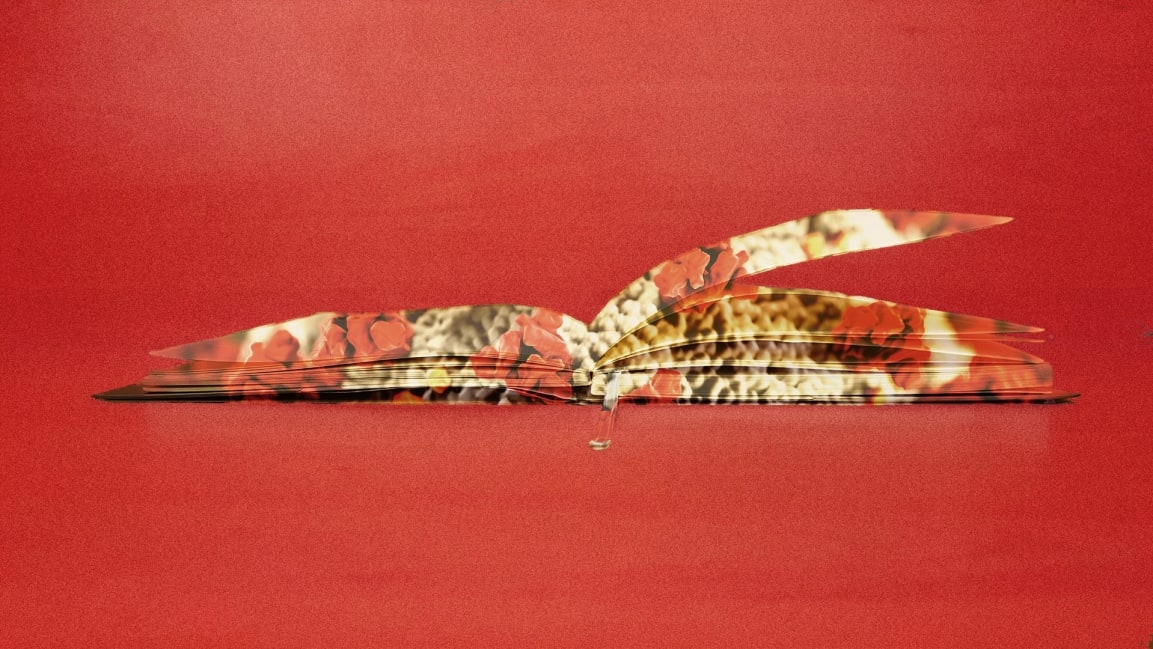What I learned from writing a book during the pandemic that will help you tackle big projects in 2021
When the pandemic first started, some of us drew inspiration from how Shakespeare wrote during the plague, or how Isaac Newton invented calculus while in isolation. The idea was aspirational—perhaps we, too, could make great things during the pandemic.
It was a relief. While I didn’t aim to be Shakespeare, I did need to write a book. I’ve long dreamed of debuting my first book on the charts, buying real estate with my advance payment, and such. It was all in my head. After a sudden realization borne of desperation, I decided to simplify: put words on a page, release it, and repeat. There’s nothing more to writing.
I found dialing back on my perfectionism really helpful. That didn’t mean I set lower standards, but I made sure I set out criteria and defined what acceptable means to me. This is the mindset and actions I changed to write a book after years of not doing it. You may find some ways you can make your creative work happen too.
Scope down to make the process easier
Athough I had edited The World According to Kanye a few years back, I hadn’t written a book before, so I wasn’t even sure I could do it. To lower my expectations, I even avoided calling it “my first book.” It was just “a book.”
I took all my inspirations from relatively short books. Ryan Holiday’s first edition of Growth Hacker Marketing was my gateway into this (15,000 words), and I started seeing them everywhere—Seth Godin’s Poke the Box, Oliver Sacks’s Gratitude, Julien Smith’s The Flinch, Gordon MacKenzie’s Orbiting the Giant Hairball, Kio Stark’s When Strangers Talk, and even Richard Lanham’s Revising Business Prose. I genuinely liked and respected these authors and their books, so I didn’t feel like I was settling by aiming for a lower word count.
This understanding and scoping down made the process easier for me—I’ve written professionally online for years, so I could easily write 13 1,000 word essays, and an introduction and conclusion.
I also had a topic on my mind already. My inspiration for the book came from a blog post I wrote in 2013, which nearly 200,000 people have read. Throughout the years I had done a lot of research on the topic of how to be more creative, so I knew where I wanted to take this.
Organize research
My Google Docs is a graveyard of potential books. Each time I started, I found myself going through the same loop. I’d compile my research into a point-form outline, which would expand aggressively through days and weeks. I would inevitably lose track of structure, as well as specific notes and docs. Ambition and disorganization are a fatal combination.
Fortunately, this year, I started organizing my research with a note-taking system. I used Niklas Luhmann’s Zettelkasten, which I read in How to Take Smart Notes. I go into detail on this system here. I’ve since imported my notes into Notion as well. By the time I got to around 300 notes, I knew I was ready to write, so that’s when I got started.
Write and edit (and edit again)
Throughout the process, I also came across this document author and filmmaker Eddie Huang wrote, and I followed it to figure out my through line and themes. My book was about how change starts with action. You need to do whatever it takes to get yourself to do something (not how someone else does it). It’s also how I decided on the final title.
When I got stuck, which happened a lot, I would vent about it in my journal. I would look at the reference books and see how those authors wrote, structured, and edited. Whether it was research, writing, rewriting, interviewing, editing, or design, I always worked one phase at a time. Every week, I knew what I needed to get done, thanks to my weekly reviews.
I’ve practiced writing enough to be okay with really terrible first drafts. I wrote mostly in Google Docs or iA Writer, and I kept track of all docs with an Airtable Base. After all of that, I edited everything twice. Then I worked with a proofreader, who mainly went over my words for typos. For design, I used a free trial of Adobe InDesign (but if I knew about Vellum I’d probably have given that a try).
One step at a time
I released my book a couple of weeks ago, and it’s not even close to perfect. For example, because it’s digital, I could get away with just keeping links in the book—instead of designing a citations section.
Throughout the process, I tried to keep a cool head and my expectations low. I didn’t tweet about it. I talked about it with very few friends. I didn’t want the pressure. I wasn’t aiming for this book to make me a Shakespearean author, but instead just to be a way for me to learn to write a better second book. Sometimes I even thought of it as a “practice book,” an idea I learned from Aaron Thier.
As I write this, the world is still going through a pandemic, and our fatigue is growing, so the most important thing is to get through. I didn’t even think about Shakespeare or Newton—I just did my best, set and met my deadlines, and aimed to make a book just slightly better than the ones I’d already paid for. Sometimes, lower expectations make for better work.
Herbert Lui is the author of There Is No Right Way to Do This, a book that supports people with their creative work. He is also the editorial director at Wonder Shuttle, an editorial studio that makes publications for software companies.
(22)



